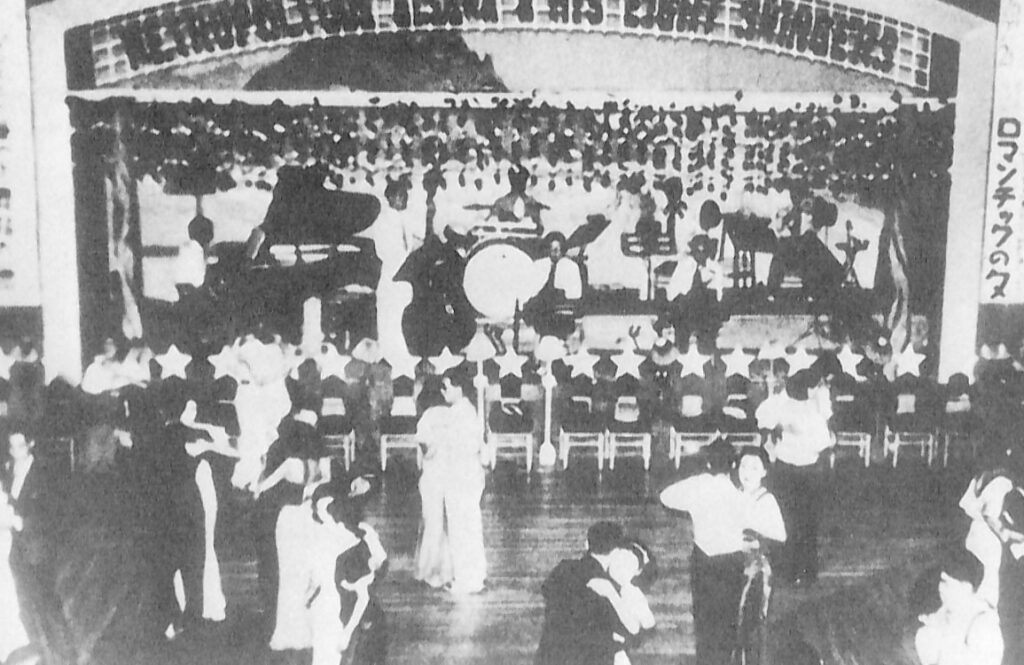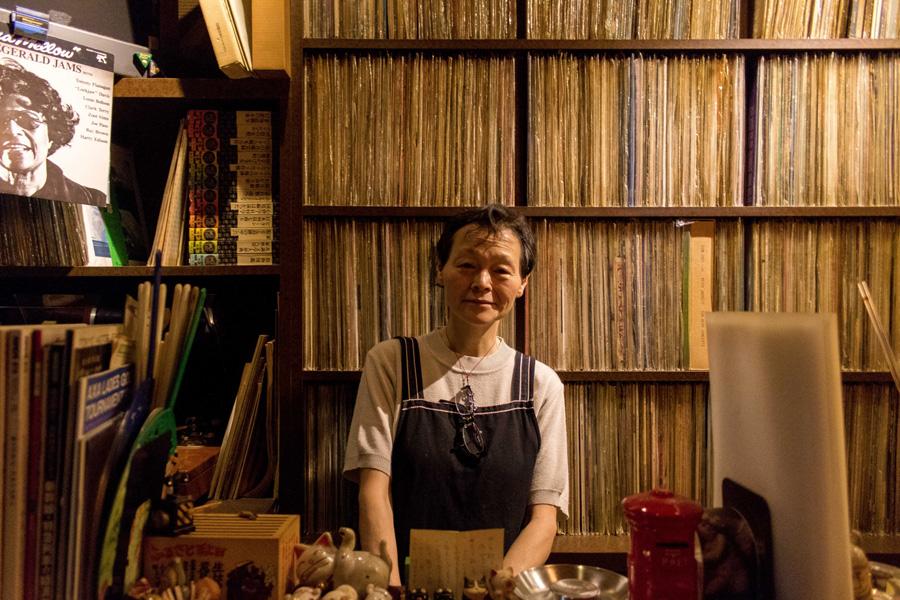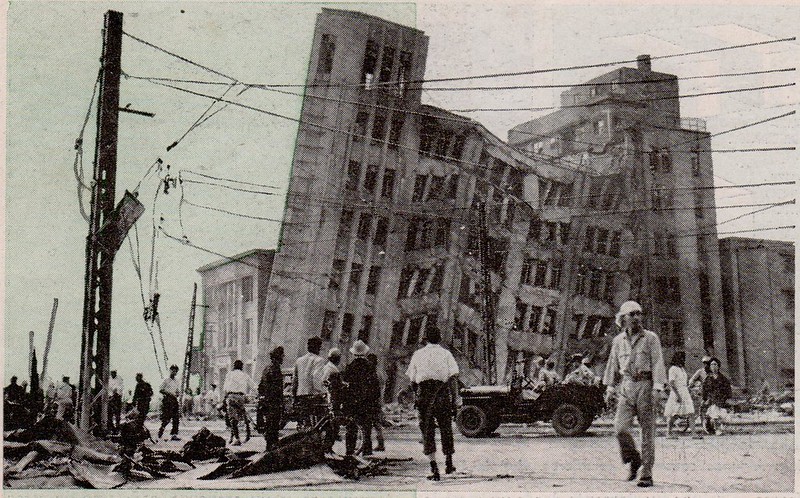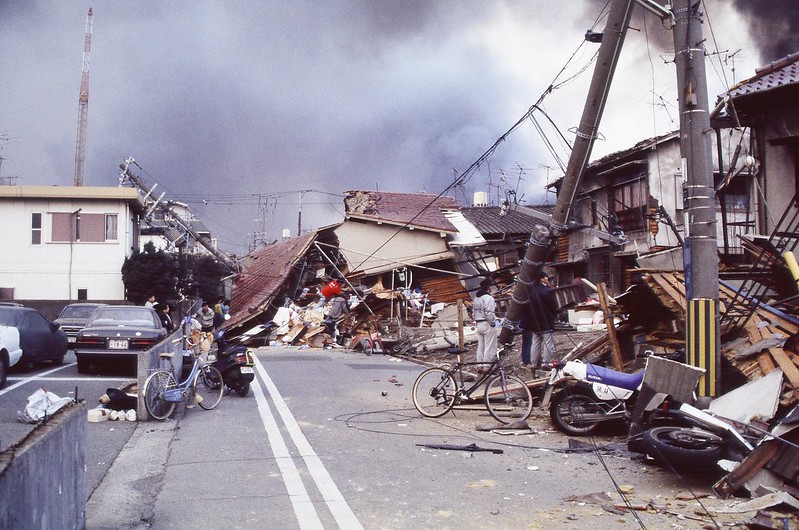The early years of jazz music trace its home in New Orleans during the early 1900s. The diverse population in the city brought groups of different descent together. People from Africa, the Carribean, France, Italy, Germany, Mexico, and more had the chance to interact and learn from one another’s cultures. Shortly, jazz spread from the United States to countries around the world. In Japan, the birth of jazz coincided with the time of the 1923 Great Kantô Earthquake. The use of technology opened the possibility for electric sound and caused a great cultural transformation, hence, giving light to the Jazz Age. Surprisingly, it pertains more to a slogan rather than a period of time. To learn more about it, take a look back at this phenomenon that captured the hearts of people in Japan.
The 20th Century Jazz Culture in Japan

Jazz began to flourish in Japan after World War II. Foreign jazz music were introduced by American soldiers stationed in the country who wanted to listen to their favorite songs back home for entertainment. Upon request, Japanese bands agreed to play this style of music for the troops inside the dance halls. Even with this influence, the spread of jazz did not happen abruptly as song records were expensive and hard to find and it was once prohibited by the government from being played during the war.

Instead, it flourished in smaller spaces called jazu kissas (jazz cafes) that spread across the entertainment districts in Osaka as an alternative to dance halls. These cafes also sprung up near train stations and university neighborhoods to allow more people to listen to the latest records on a high-quality sound system. The level of appreciation that the Japanese had for jazz were developed and cultivated like the discipline of Zen. A jazz cafe is where one can socialize and get indoctrinated with a deeper understanding of the music’s message and spirit.
Jazz diffused and dominated music of countries outside the United States in different ways. Musicians produced records and sheet music, while there were also radio broadcasts and mass journalism. It was also greatly enjoyed by travelers and sojourners for music. When Japan got hit by the jazz wave in the 1920s, it was recognized as a part of Americanization. With the accidental coincidence of jazz and the Great Kantô Earthquake, the music was considered as the background sound of restoration. The growth of jazz led local musicians to explore and incorporate authenticity with the foreign style. Apart from language and instrumental arrangements, the usage of traditional Japanese instruments became prevalent to create a more distinct sound.
Early Japanese Record Labels and Their Tin Pan Alley Hits
Post-war Japan dedicated its time for rebuilding and grabbing opportunities for growth. Music companies from the United States expanded through collaborations with Japanese labels. Japan Columbia and the Talking Machine Company were established by American Columbia, whereas Victor was founded as part of their globalizing strategy. From there, the labels began releasing music that featured Western jazz hits rendered by Japanese singers. The imported songs were eventually rearranged and recorded by Japanese musicians, and many elements were applied into making original compositions.
One of the first reworked songs by Japan Columbia and Victor was “Sing Me a Song of Araby” written and arranged by Fred Fisher. It did not get much attention in the United States, though its sheet music was exported to Australia for cinemas and orchestras. A copy of the arrangement also reached Japan in 1928 as ordered by Horiuchi Keizô, a music journalist and radio station collaborator who studied in Boston. Horiuchi rewrote the song with Japanese lyrics and gave it the title “Arabia no Uta” or “Song of Arabia” which was recorded in both music studios. Foreign styles in the sound and lyrics of the song were preserved or revised for the Japanese version. The melody following a Tin Pan Alley form was retained along with the orchestral accompaniment despite being different from the Japanese tunes that people were accustomed to. The lyrics, however, were reworded in its Japanese translation to better fit the melody.
Horiuchi also worked on another hit called “My Blue Heaven” which was originally co-written by George Whiting and Walter Donaldson. The words of the song on the sweetness of home were successfully translated into a colloquial Japanese context. The topic of home was not usually a part of song subjects in Japan, thus, Horiuchi’s version did a modern take about a salaryman’s new house situated in the suburbs after the earthquake. Both songs among others became more accessible and popular as they were played in commercial spaces and sold by music companies.

Jazz Vinyl Albums in Tokyo Image Credit: The Vinyl Factory
A symbol of the Jazz Age was the production of “place-name marches” that had an indigenized music style. The term “march” or kôshinkyoku was perceived as a procession, a forward rhythmic movement that brought moral uplift. The word was even used at a certain point to describe the positive modern life, as always seen in newspaper headlines, film titles, and literary work. For music, a “march” song can be distinguished by the jazz style that uniquely used the vernacular major scale.
A notable composition was the Dotonbori March played by Shiojiri Seihachi. The song includes an improvisational solo and interplay based on the technical skill level of jazz musicians in Osaka. After its release, it inspired more alternative versions that were dedicated to other entertainment areas. Another place-name march that rose to fame was the New Ginza March that was released in 1928. The lyrics hinted automobiles, dance parties, and other pleasurable items related to Americanization. After the Earthquake, Ginza became Tokyo’s new commercial center and got revived into a middle-class consumer area, hence the focus on post-Earthquake life in its message.
Changes that occurred in Ginza became a facade of Tokyo’s rebuilding, and soon gave way to its very own march song, the Tokyo March. Among the march songs that emerged beyond the late 1920s, it was the most sensational to the public, becoming one of the best-selling records before the war. The composer, Nakayama Shinpei elevated the song’s music quality using the pentatonic scale and paved the path for Japanese modern pop. With its extreme popularity, the song went on to be a part of the greater media and film industry.














































